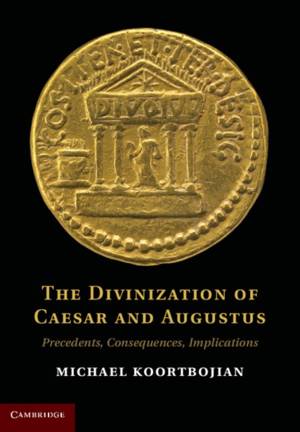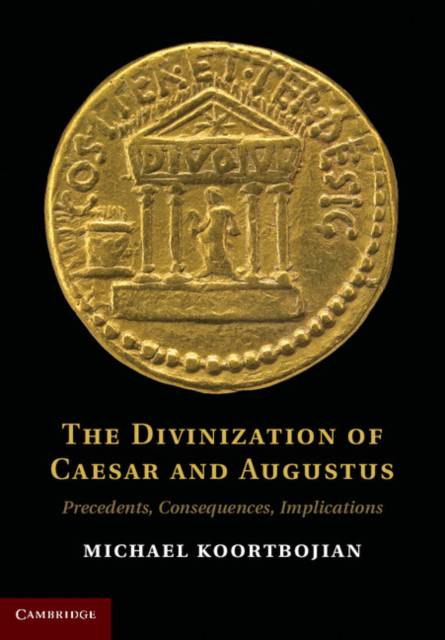
- Afhalen na 1 uur in een winkel met voorraad
- Gratis thuislevering in België vanaf € 30
- Ruim aanbod met 7 miljoen producten
- Afhalen na 1 uur in een winkel met voorraad
- Gratis thuislevering in België vanaf € 30
- Ruim aanbod met 7 miljoen producten
Zoeken
The Divinization of Caesar and Augustus
Precedents, Consequences, Implications
Michael Koortbojian
Hardcover | Engels
€ 198,95
+ 397 punten
Omschrijving
This book examines the new institution of divinization that emerged as a political phenomenon at the end of the Roman Republic with the deification of Julius Caesar. Michael Koortbojian addresses the myriad problems related to Caesar's, and subsequently Augustus', divinization, in a sequence of studies devoted to the complex character of the new imperial system. These investigations focus on the broad spectrum of forms - monumental, epigraphic, numismatic, and those of social ritual - used to represent the most novel imperial institutions: divinization, a monarchial princeps, and a hereditary dynasty. Throughout, political and religious iconography is enlisted to serve in the study of these new Roman institutions, from their slow emergence to their gradual evolution and finally their eventual conventionalization.
Specificaties
Betrokkenen
- Auteur(s):
- Uitgeverij:
Inhoud
- Aantal bladzijden:
- 360
- Taal:
- Engels
Eigenschappen
- Productcode (EAN):
- 9780521192156
- Verschijningsdatum:
- 31/10/2013
- Uitvoering:
- Hardcover
- Formaat:
- Genaaid
- Afmetingen:
- 185 mm x 254 mm
- Gewicht:
- 952 g

Alleen bij Standaard Boekhandel
+ 397 punten op je klantenkaart van Standaard Boekhandel
Beoordelingen
We publiceren alleen reviews die voldoen aan de voorwaarden voor reviews. Bekijk onze voorwaarden voor reviews.











